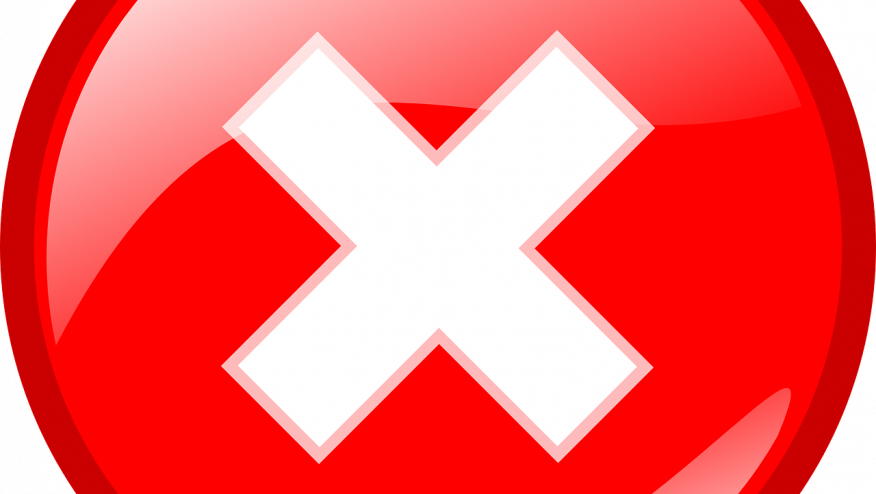What to do with "no-shows" Save

A current Medscape article on patient "no shows" in private medical practice examines the cause and approach to the problem.
The most common reason for no shows is lack of knowledge about the scheduled appointment. Other common causes for No-Shows:
- Forgetting the appointment - this is an informational and knowledge
- Too sick to come to clinic
- Transportation issues
- Childcare obiligations
Dr. John Eastern, a dermatologist in Belleville NJ, suggests that the average no-show rate in dermatology offices is about 10% – almost double the average for all medical offices. Others studies suggest similar numbers for rheumatology.
No show patients tend to be younger and poorer, and live further away from the office than those who attend predictably. A 2021 ACR abstract by Bhatty et al showed the same profile of no-shows and a no show rate of 8.6%.
Should physicians charge a fee for missed appointments, especially if there is no notice or the patient recently confirmed knowledge of the appointment? There are 2 issues here: 1) lost income and 2) how to rectify or change patient behavior.
Patients rightly complain that "Everyone's time is valuable" and that they often have extended waits for the doctor, which negatively affects the patient as well.
Addressing the problem:
- Because no-shows are an economic and medicolegal liability, it is worth the physician effort to address and minimize the problem.
- Forgetting: this is fostered by long lag times between appointments, time related symptom improvement, or the need to seek more accessible medical services. The physician needs to take ownership of communicating with patients and obligation to provide effective appointment reminder calls. Important is the option of customizing reminders to the patients preference (e.g., cell phone, texting, etc.).
- Expanded use of telemedicine has also been shown to reduce cancellations and no-shows.
- The lack of a strong physician-patient relationship. The patients obligations are driven by their trust in the physician and the benefits of effective communication. Without these patients are frustrated with insufficient care or a lack of concern.
- Research suggests that no-show rates can be reduced by providing more same-day or next-day appointments. Such appointments have very low no-show rates (2%).
- Have rules for significant no-shows (for example, patients with active disease who you worry about) - a phone call, email, certified letter, special file for close follow-up, etc.
- Charging for no-shows is controversial (see above).
- Overbooking - also has a downside (especially if everyone shows, then someone is going to be short-shrifted to make up for the no-show problem you're dealing with).
- If you choose to charge for missed-appointment, the patient needs to be clearly informed. Patients need to be told that this not a service fee, and cannot be billed to insurance.
- Be sure to document all missed appointments; it's important clinical and medicolegal information.
- Habitual no-shows should be dismissed from your practice.
Addendum: The British Medical Journal has published an amusing and pithy critique of a UK government proposal to charge NHS patients for missed appointments - "Zombie health policies and missed appointments"









If you are a health practitioner, you may Login/Register to comment.
Due to the nature of these comment forums, only health practitioners are allowed to comment at this time.